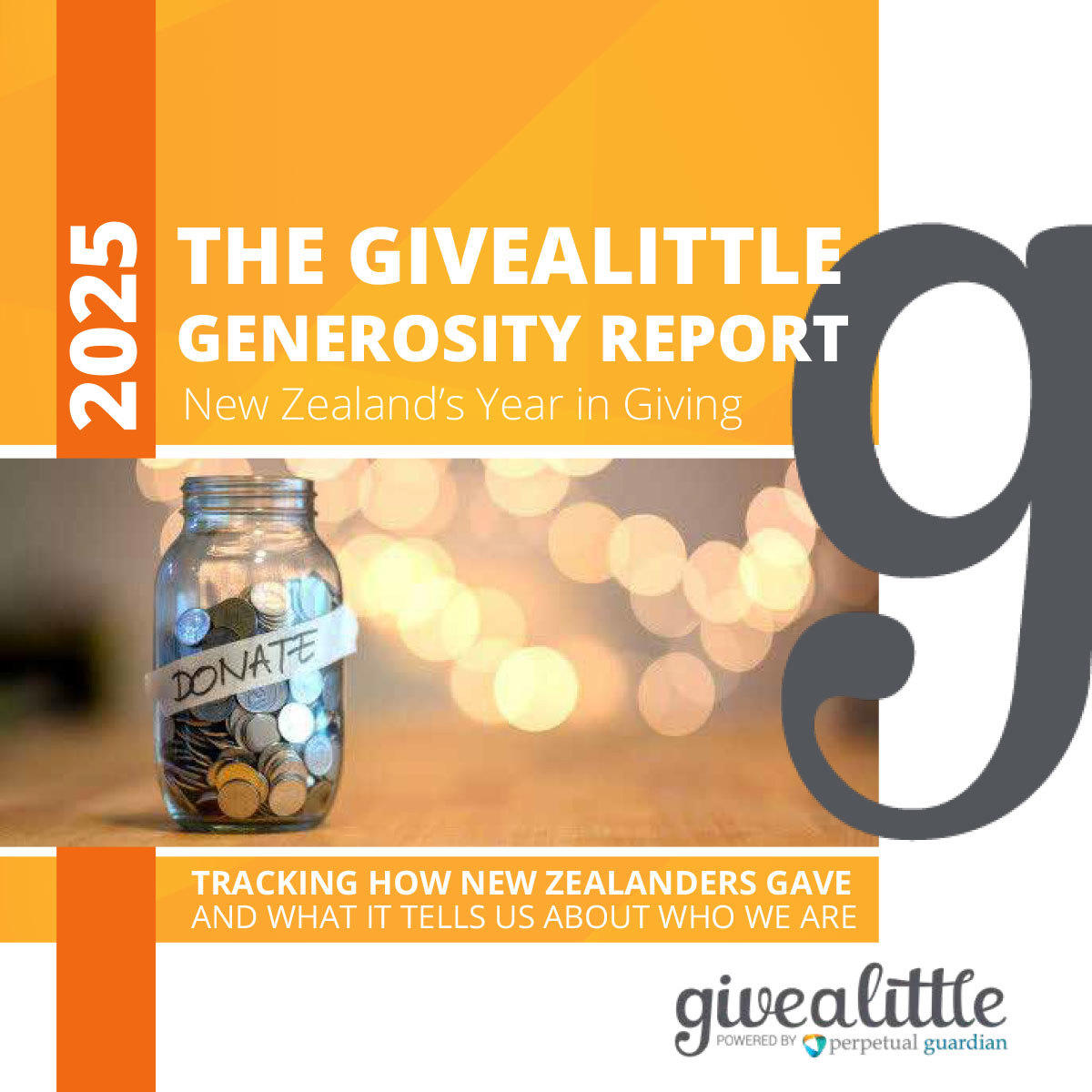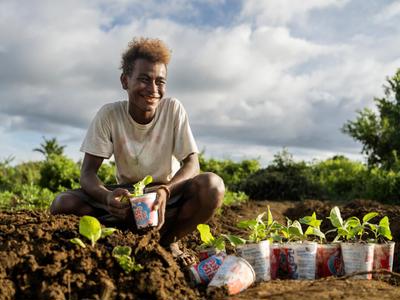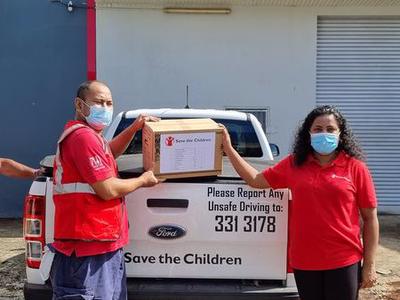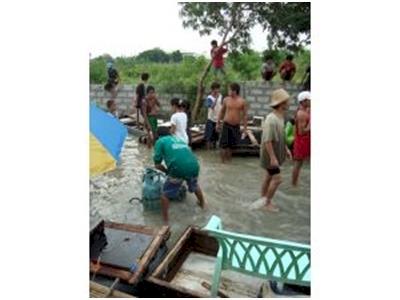Earthquake in Sumatra- Save the Children
An earthquake measuring 7.6 on the Richter Scale struck Padang in Western Sumatra in the early evening of September 30. A second earthquake
Nationwide
Save the Children is mobilising staff and resources to provide humanitarian assistance, to children and families in Western Sumatra, Indonesia, where a 7.6-magnitude earthquake struck off the coast of Padang.
The quake destroyed homes and buildings, cut lines of communications electricity, and and damaged bridges in and around Padang, home to 900,000 people.
About us
WE CREATE LASTING, POSITIVE CHANGE FOR AND WITH CHILDREN
Save the Children is the world’s first and leading independent children’s organisation – transforming lives and the future we share. We’re proud to work with children, their communities, and our partners worldwide, discovering new solutions to help ensure that the world's most vulnerable children survive, learn and are protected.
Every year, we reach tens of millions of children in more than 110 countries through our life-changing work.
Latest update
Sumatra Earthquake Update for 13/10/2009 13 October 2009
Earthquake measuring 7.6 struck off the coast of Padang in West Sumatra on 30 September at 5.16 p.m. According to provincial authorities, the official death toll was placed at 739 people, with another 296 people missing and presumed dead, primarily in Padang Pariaman District. 863 people have been seriously injured and 1,356 people slightly injured. Damage to houses was widespread with 121,679 homes severely damaged, 52,206 moderately damaged, and another 57,510 lightly damaged, rendering homeless an estimated 250,000 families, many too frightened to return home. Hospitals, schools, places of worship, government buildings and public infrastructure were also all damaged. 3,108 classrooms and 118 health facilities were damaged, half of them extensively. These numbers are changing daily and are likely to increase, as the assessment extends to rural areas. Hospitals were initially overwhelmed with the injured, particularly in Padang City, where authorities established makeshift temporary hospitals to treat the injured. Health officials expressed concern about the potential for outbreak of diseases including tetanus and skin diseases due to contaminated water. Save the Childrenfs Response As of October 9 Save the Children distribution teams have provided relief supplies to approximately 20,725 people including 12,435 children Following on from field assessments it is our estimation that the geographic impact of this quake is less than previously expected, but in the areas that were affected that impact was more intense than first thought. Our current estimations are that 50% of the total population of these provinces has been directly or indirectly (taking in families etc) affected and that 80% of those living in the worst affected areas have been impacted. Our target is to provide assistance to 30% of the affected population. We hope to reach 150,000 people (30,000 households) through the provision of shelter, hygiene and NFI kits, education services and child protection programs. Mike Penrose, Director Emergency Programs for Save the Children Australia is currently heading up relief operations in Indonesia following the earthquakes over the past week. He is currently in Pariaman town, approximately one and a half hours north of Padang city. gAs I travel through the affected areas, the devastation is far worse than we could have imagined. All the villages are badly affected. I would estimate that more than 70% of buildings are damaged, and although they may not have collapsed completely, they are completely unsafe for habitation. Just because they are standing doesnft mean they are liveable. The occupants canft go back inside, they are living on the streets with their children.h

Who's involved?
Our other pages
Page Q&A
Ask a question hereAny concerns?
Report this pageThank the donor
Your message will be displayed on the page and emailed to the donor.
Your new message will also be emailed to the donor.
Saving a blank entry will delete the current comment.





